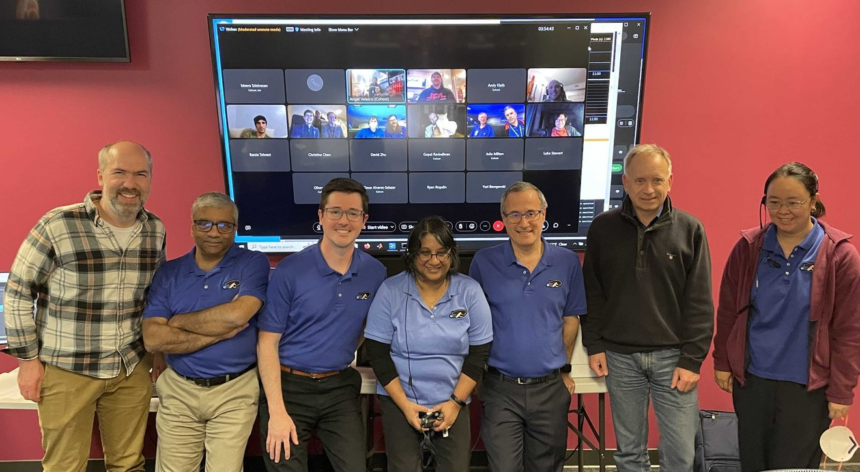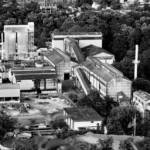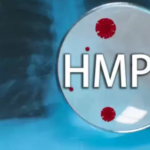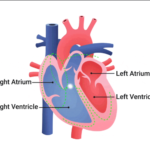NASA transmitted a high-definition cat video via lasers, covering 19 million miles in just 101 seconds
Overview: NASA’s laser message
In a groundbreaking achievement, NASA’s Deep Space Optical Communications experiment has shattered barriers by transmitting an ultra-high definition streaming video from a staggering distance of nearly 19 million miles. This historic milestone, accomplished on December 11, is a testament to NASA’s commitment to advancing optical communications technology, essential for meeting the ever-growing data transmission needs of future deep space exploration.
ALSO READ : UPSC Recruitment 2023 : Exciting Opportunity For Assistant Commandant (Executive) In CISF
A cosmic chase: Taters and the red dot
The mesmerizing 15-second video showcases the playful antics of an orange tabby cat named Taters as it enthusiastically chases the elusive red dot from a laser pointer across a couch. What makes this feat even more remarkable is that the video was transmitted through the Deep Space Optical Communications experiment (DSOC), a cutting-edge technology that may revolutionize data transmission in the realm of space exploration.
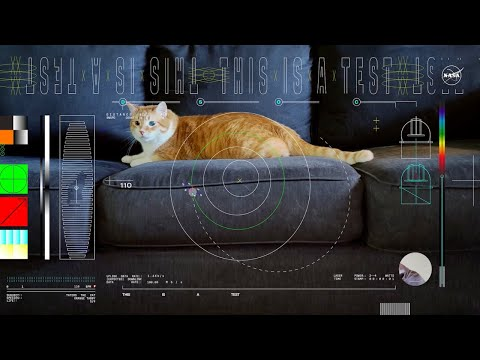
The memorable video: Taters the cat
A fun twist to technical triumph
Uploaded before launch, the short ultra-high definition video stars Taters, an orange tabby cat belonging to a JPL employee. The video captures Taters chasing a laser pointer, overlaid with graphics illustrating various features of the tech demo, including Psyche’s orbital path, Palomar’s telescope dome, and technical details about the laser and its data bit rate.
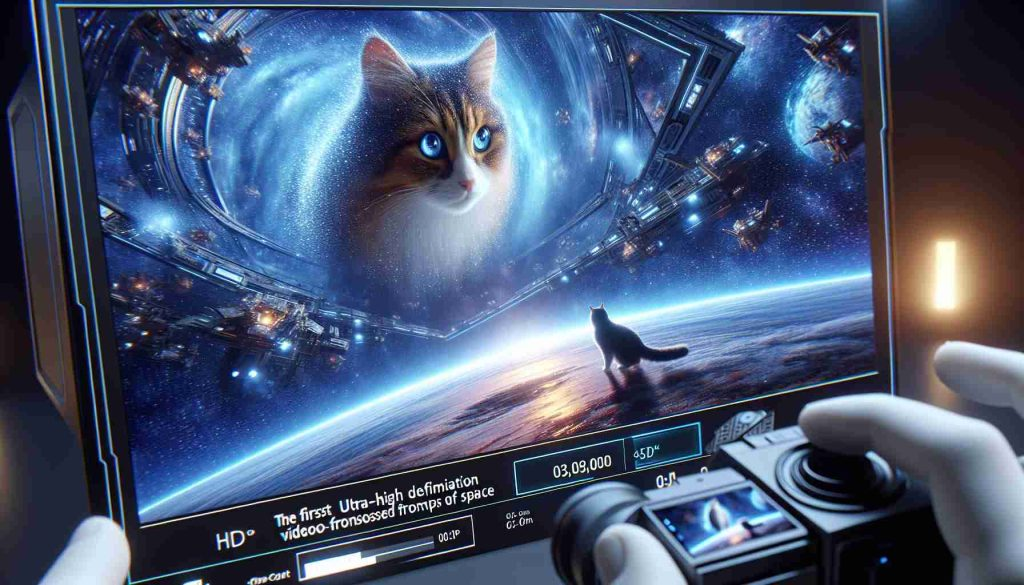
Internet speed marvel
Despite transmitting from millions of miles away, the video reached Earth faster than typical broadband internet connections. The connection between Palomar and JPL over the internet was slower than the signal from deep space—a testament to the efficiency of NASA’s groundbreaking technology.
Historical allure
The use of a cat in this video brings to mind the historical connection between groundbreaking technology demonstrations and popular culture. In 1928, a small statue of Felix the Cat was featured in television test broadcast transmissions, foreshadowing the internet era’s fascination with cat videos and memes.

Milestone after milestone
Continuous advancements
This recent milestone follows the achievement of “first light” on November 14, where the system demonstrated faster data downlink speeds and increased pointing accuracy during weekly checkouts. The project showcased downlink bit rates of 62.5 Mbps, 100 Mbps, and 267 Mbps on December 4, comparable to broadband internet download speeds. A total of 1.3 terabits of data was downloaded during this period, surpassing the data downlinked by NASA’s Magellan mission to Venus over its entire mission from 1990 to 1994.
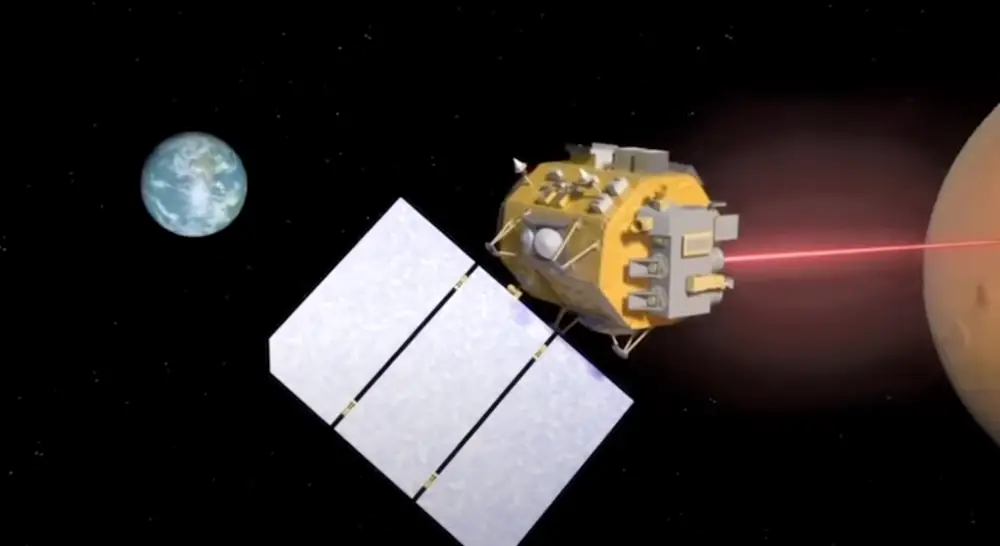
Learning curve
Ken Andrews, project flight operations lead at JPL, acknowledges the cautious approach initially taken with this new technology. However, the team, with the support of Psyche colleagues, has adapted to the system’s intricacies, achieving longer lock-ons to spacecraft and ground terminals during checkouts. Each step in this experimental journey provides valuable insights into the capabilities of the Deep Space Optical Communications system.
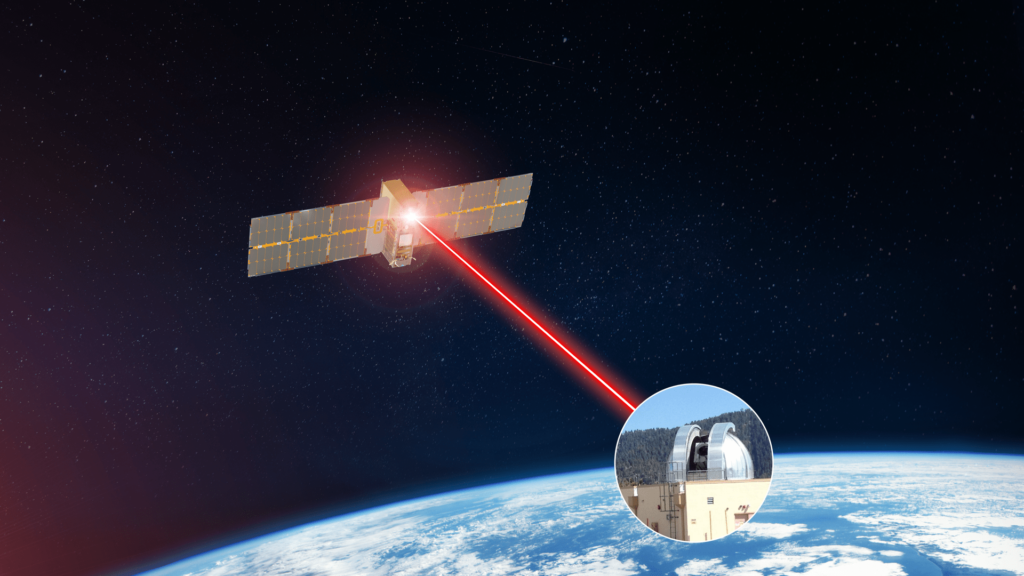
More about the mission
A technological marvel
The Deep Space Optical Communications demonstration is part of a series of optical communication demonstrations funded by the Technology Demonstration Missions program under NASA’s Space Technology Mission Directorate. Supported by NASA’s SCaN (Space Communications and Navigation) program within the Space Operations Mission Directorate, this initiative aims to push the boundaries of space communication capabilities.
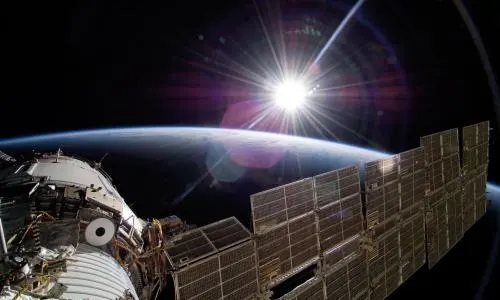
Psyche mission leadership
Led by Arizona State University, the Psyche mission’s overall management, system engineering, integration and test, and mission operations are handled by JPL. This mission, the 14th selected under NASA’s Discovery Program, falls under the Science Mission Directorate, managed by the Marshall Space Flight Center in Huntsville, Alabama.
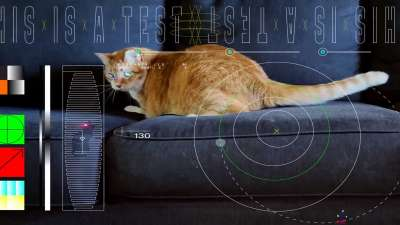
Collaborative endeavors
NASA’s Launch Services Program, based at the Kennedy Space Center in Florida, managed the launch service, while Maxar Technologies in Palo Alto, California, provided the high-power solar electric propulsion spacecraft chassis. These collaborative efforts highlight the collective dedication to pushing the boundaries of space exploration and communication.
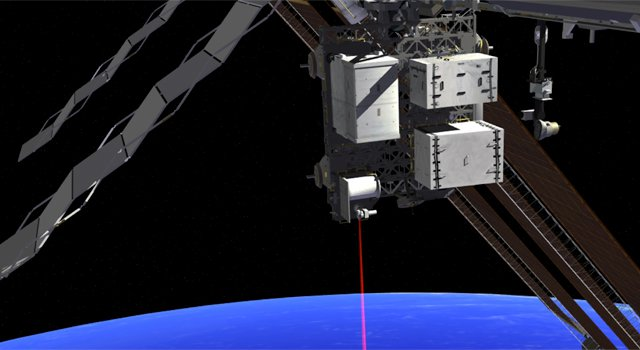
Conclusion
In conclusion, NASA’s Deep Space Optical Communications experiment marks a pivotal moment in the evolution of space communication technology. The successful transmission of ultra-high definition video from an astonishing distance not only showcases the current capabilities of optical communications but also paves the way for unprecedented advancements in transmitting data across the cosmos. As we stand at the threshold of future human missions to Mars, the Deep Space Optical Communications system emerges as a beacon of innovation, propelling us into a new era of interplanetary communication.
Click here, to Check HNN’s latest post.
ALSO READ: NCR Corporation Careers 2024 : Exciting Opportunities For Software Engineers







